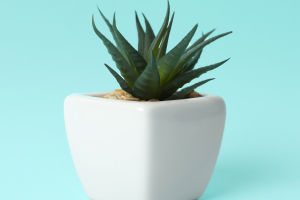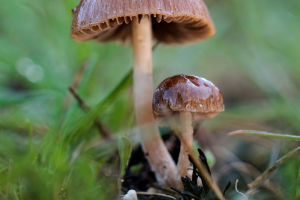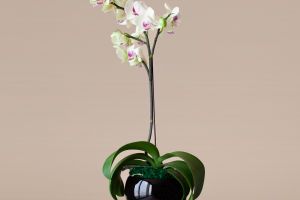If you’re thinking about adding a saucer magnolia tree to your garden, you’re in for a treat!
It’s a relatively low-maintenance tree that can bring a touch of elegance to your outdoor space. Here’s a quick guide to help you plant and care for this beautiful tree.
Planting SaucerMagnolia Trees
1.Timing: The best time to plant a saucer magnolia is in the fall or early spring. This allows the tree to establish its roots before the heat of summer or the cold of winter.
2.Location: Choose a site with full sun to partial shade. SaucerMagnolia grandiflora prefers full sun but can tolerate some afternoon shade. Ensure the location has well-drained soil as saucer magnolias do not like soggy roots.
3.Soil Preparation: Saucer Magnolias prefers slightly acidic to neutral soil (pH 5.5 to 7.0). If your soil is heavy clay or overly alkaline, amend it with organic matter such as compost to improve drainage and nutrient content.
4.Planting: Dig a hole that is twice as wide as the root ball but no deeper. Place the tree in the hole, making sure the top of the root ball is level with the surrounding soil. Backfill with soil, tamping it down gently to eliminate air pockets. Water thoroughly after planting.
5.Spacing: Saucer Magnolias can grow quite large, so plant them at least 15-20 feet away from buildings, other trees, or structures. This allows them ample space to spread their canopy and roots.
Caring for Saucer Magnolia Trees
1.Watering: Young saucer magnolias need regular watering to establish their root system. Water deeply once a week during the growing season, especially in dry periods. Once established, saucer magnolias are relatively drought-tolerant but will benefit from occasional watering during prolonged dry spells.
2.Mulching: Apply a layer of mulch (2-3 inches) around the base of the tree, extending out to the drip line. This helps retain soil moisture, suppresses weeds, and maintains a stable root temperature. Keep mulch away from the trunk to prevent rot.
3.Fertilizing: Feed your saucer magnolia with a balanced, slow-release fertilizer in early spring. Avoid excessive fertilization as saucer magnolias are sensitive to high nutrient levels. If your soil is rich, you may not need to fertilize frequently.
4.Pruning: Saucer Magnolias generally require minimal pruning. Remove dead or diseased branches as needed, and shape the tree lightly if desired. Avoid heavy pruning, as saucer magnolias have a naturally elegant shape and excessive cutting can impact flowering.
5.Pest and Disease Control: Saucer Magnolias are relatively pest-resistant but can occasionally suffer from scale insects or fungal diseases. Regularly inspect your tree for signs of pests or disease, and treat as needed with appropriate insecticides or fungicides.
6.Winter Care: In colder regions, young saucer magnolias may benefit from a layer of mulch or burlap around the base to protect roots from frost. Mature trees are generally hardy but can benefit from some protection during severe winter weather.
Dear Lykkers! Have you had any experiences with saucer magnolias that might help others? Let’s keep the conversation going and share the beauty of saucer magnolias together!


